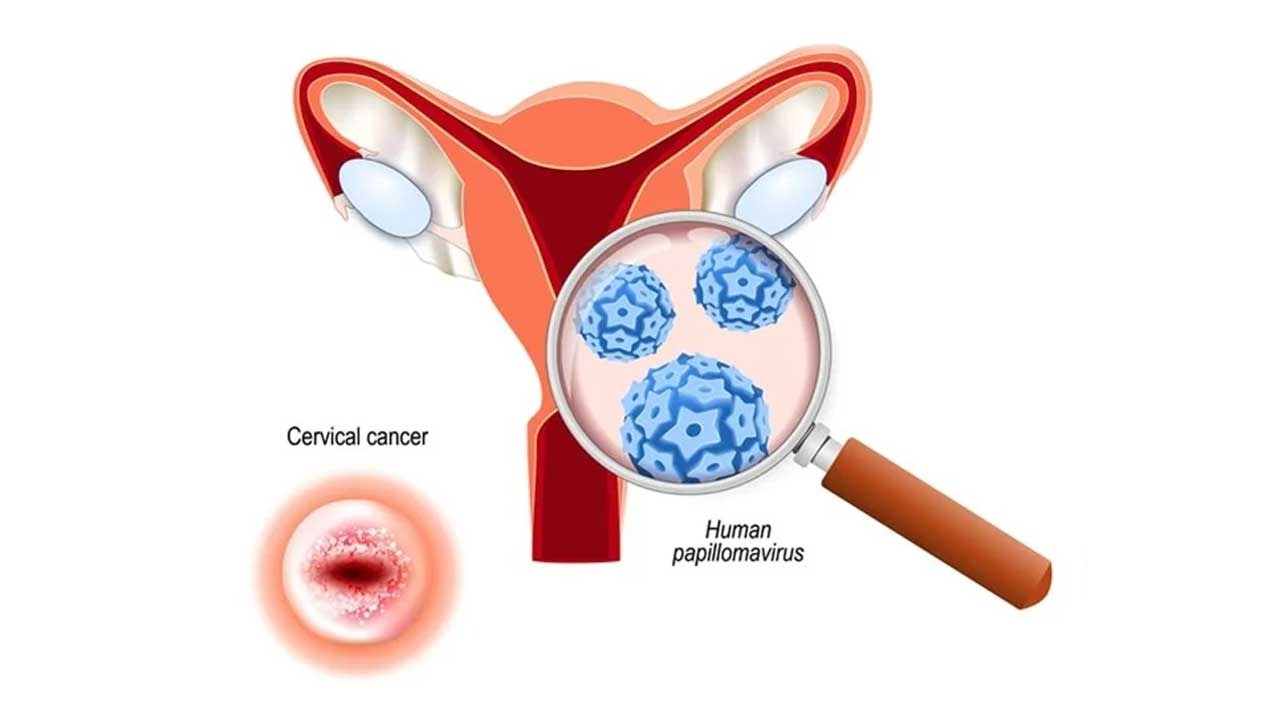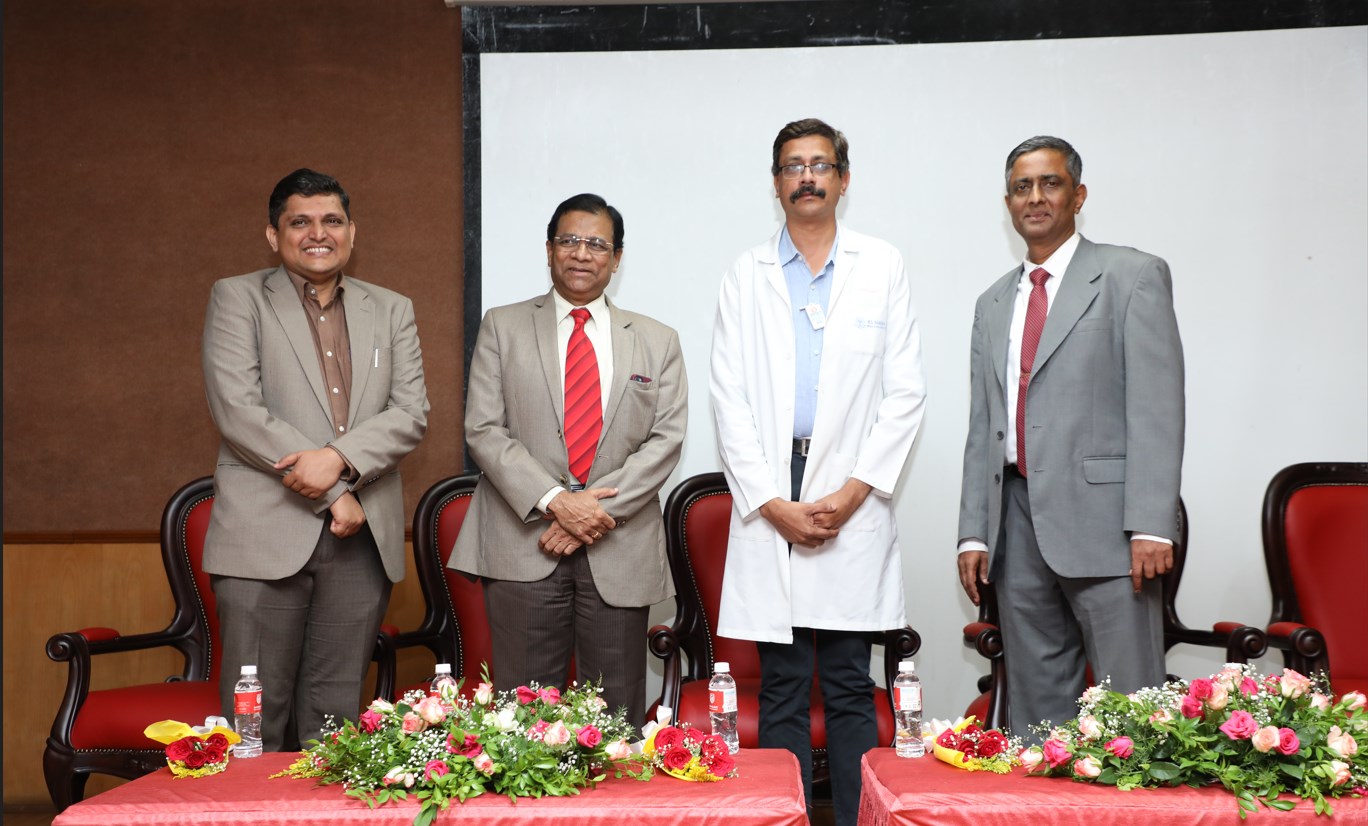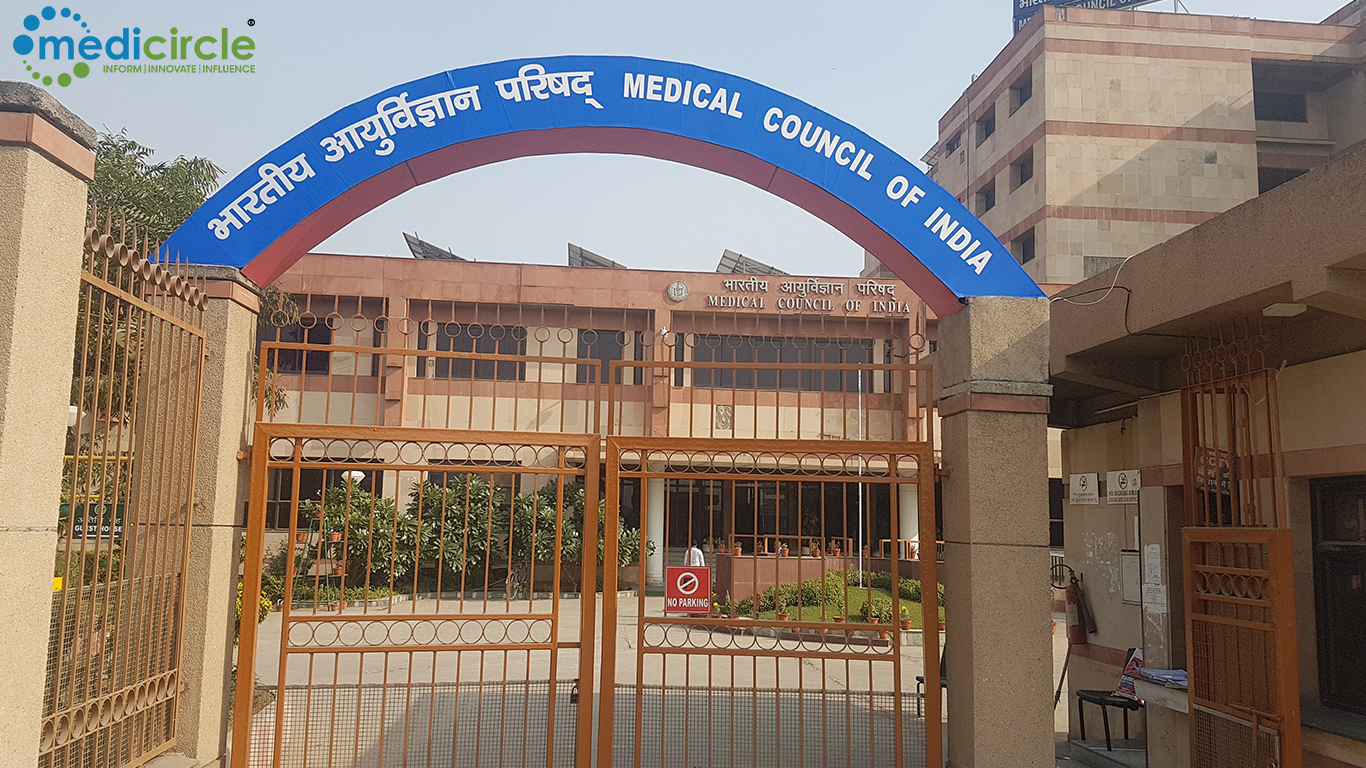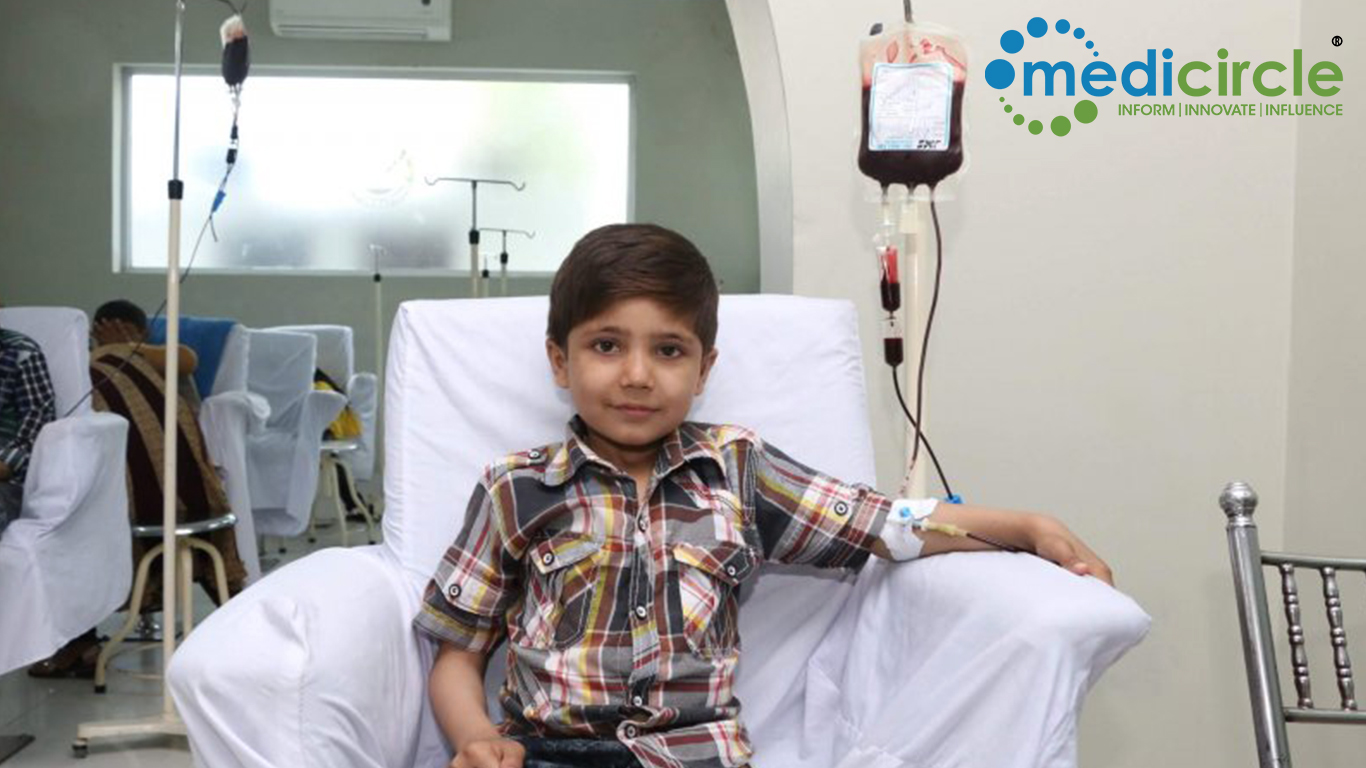Human papillomavirus (HPV) is the most common viral infection of the reproductive tract. Sexually active women and men get infected by it at some or the other point in their lives. There can be repeated infections in some people. Cervical cancer is the 4th most common cancer that affects women globally. In 99.7% of cases, it is caused by Human papillomavirus (HPV). As per the review article published by Chan et.al. in Journal of Oncology, 90% of Human papillomavirus (HPV) infection become inactive within 12 to 24 months of exposure to the virus. There are close to 200 HPV types. Out of these about 40 types of HPV colonize in the genital tract.
14 out of nearly 200 types of HPV are very high-risk cancer-causing types. They come in low and high-risk categories. Infections by the high-risk HPV types persist and increase the risk of cervical cancer. Type 16 and 18 are responsible for 70% of cervical cancer cases. HPV mostly gets transmitted right after the onset of sexual activity.
Cervical cancer symptoms
- Light bleeding or irregular blood spotting between periods in reproductive-age females
- Postmenopausal bleeding or spotting
- Bleeding after intercourse
- Foul-smelling increased vaginal discharge and discomfort
- Persistent pelvis, back, or leg pain
- Loss of appetite, weight loss
- Swelling in legs
Cervical cancer treatment and cure
Human papillomavirus (HPV) is the most prevalent viral infection affecting the reproductive tract. Since it takes 15-20 years for cervical cancer to develop in women in general and 5-10 years to develop in women with low immune systems like people with HIV, precaution is better than cure.
- All women should know that there are HPV vaccines that can be taken as a preventive measure. These vaccines are recommended by WHO and protect against HPV 16 and 18 which are cervical cancer-causing HPV types.
- Women generally tend to ignore pre-cancerous lesions in their cervical areas. Screening and treatment of such lesions are of high priority. Screening and treatment of precancerous lesions is a very cost-effective and extremely important way to prevent cervical cancer.
The positive aspect is that cervical cancer can be cured if diagnosed at an early stage and treated effectively. Treatment options are surgery, radiotherapy, and chemotherapy depending upon the stage. There are enough palliative care options as well to manage cervical cancer so that unnecessary pain and suffering can be reduced as much as possible.

 Viral infections lead to 15–20% of all human cancers. Despite effective screening methods, cervical cancer is a big public health problem. Cervical cancer incidence and mortality rates differ as per age and geographic region. Human papillomavirus (HPV) is a virus that can be sexually transmitted and is the cause of most cervical cancer specimens.
Viral infections lead to 15–20% of all human cancers. Despite effective screening methods, cervical cancer is a big public health problem. Cervical cancer incidence and mortality rates differ as per age and geographic region. Human papillomavirus (HPV) is a virus that can be sexually transmitted and is the cause of most cervical cancer specimens.






















.jpg)










